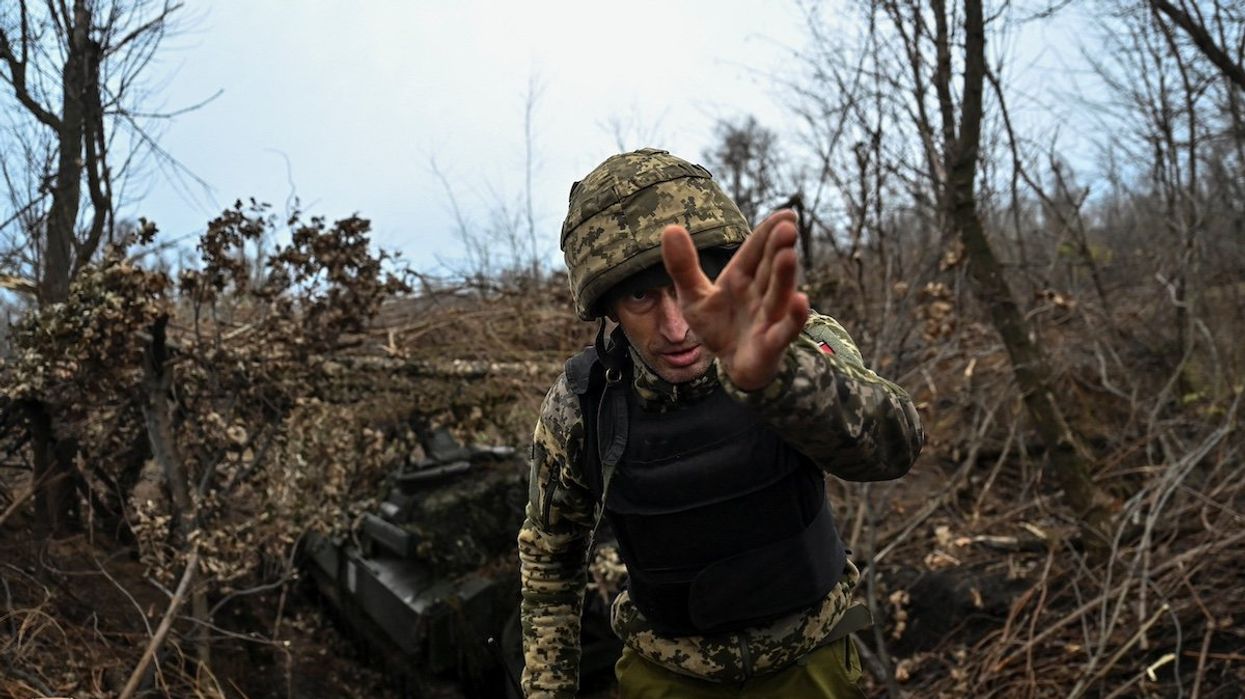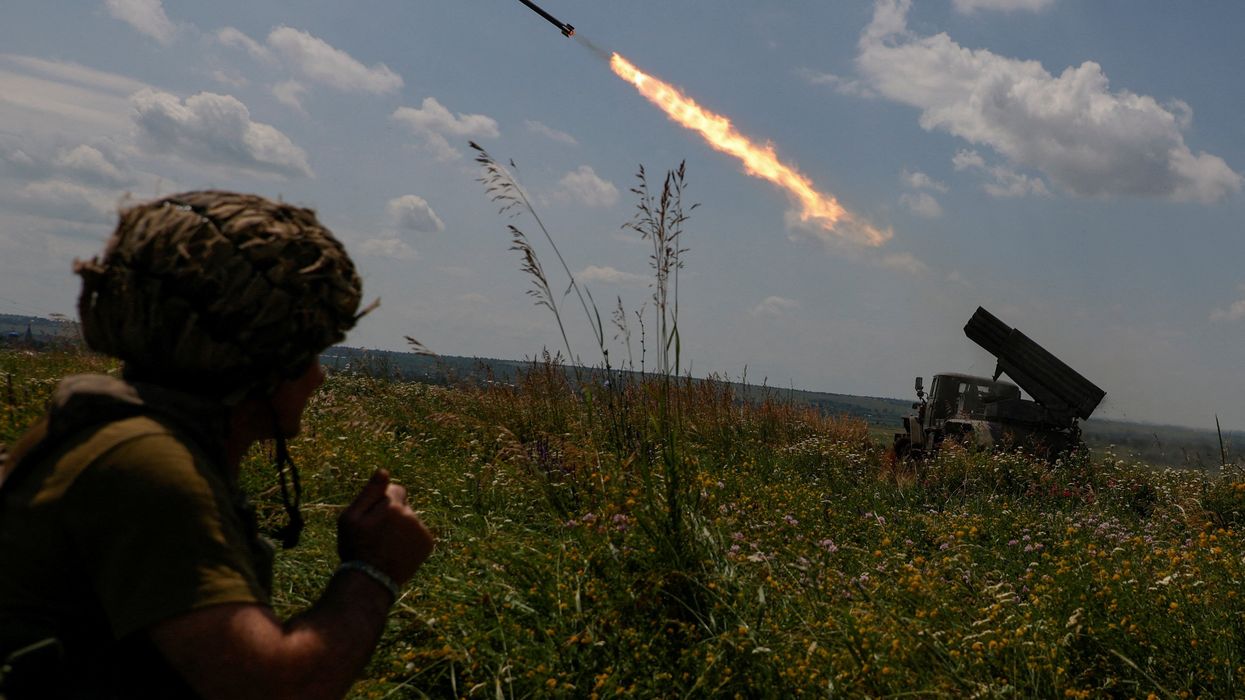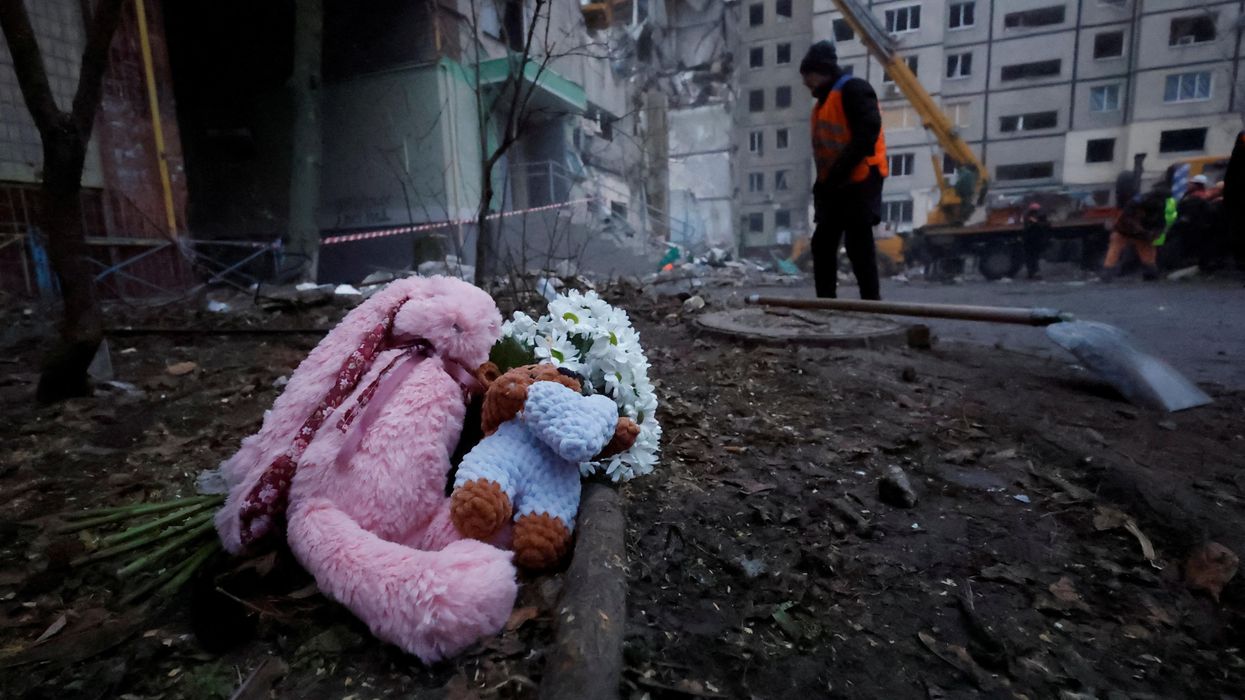What We're Watching
Ukrainian troops fight for key bridgehead over the Dnipro
Ukrainian troops have crossed the vast Dnipro River and established a bridgehead on the eastern shore, a significant breakthrough after months of agonizingly slow progress in Kyiv’s counteroffensive.
Nov 15, 2023



